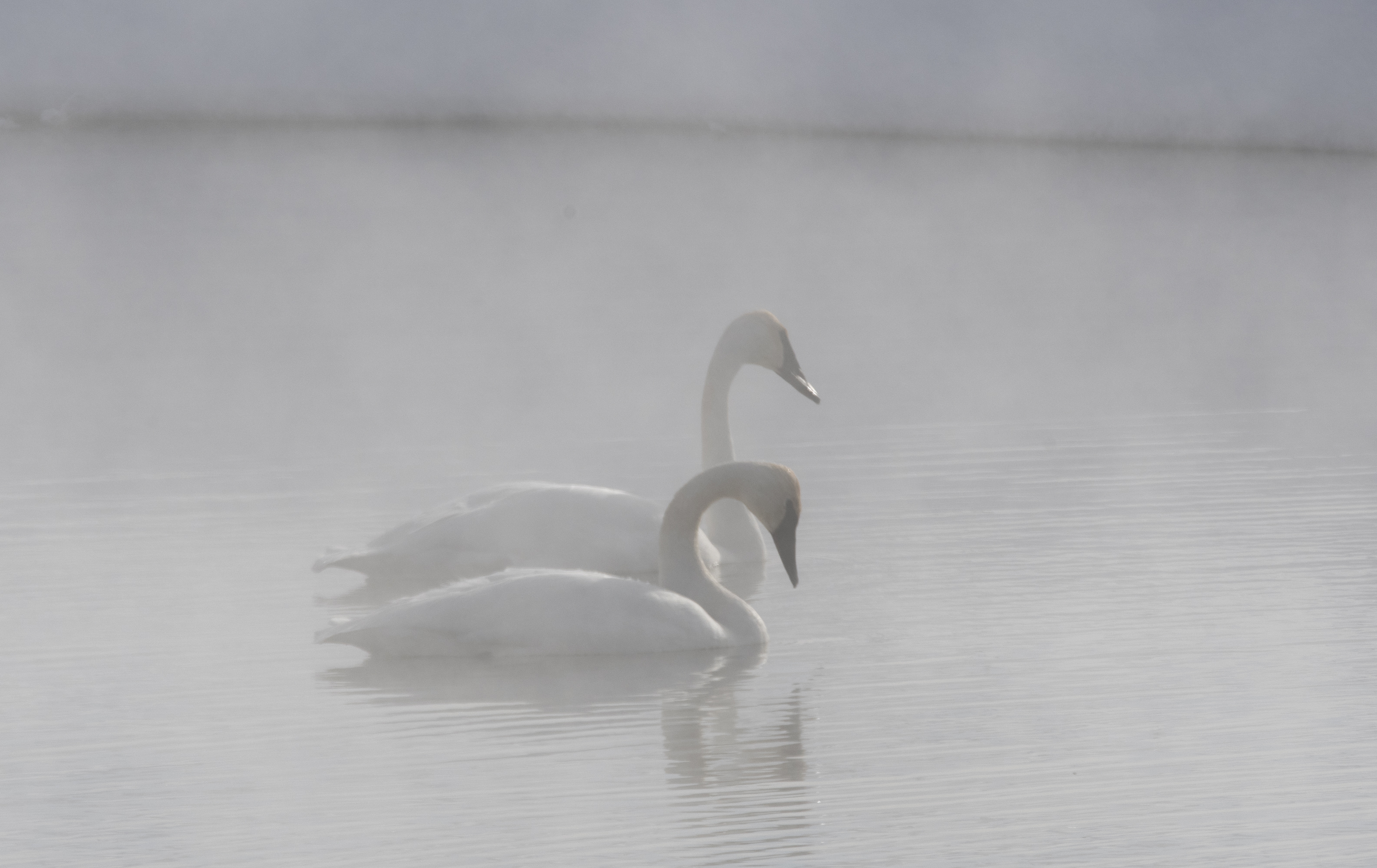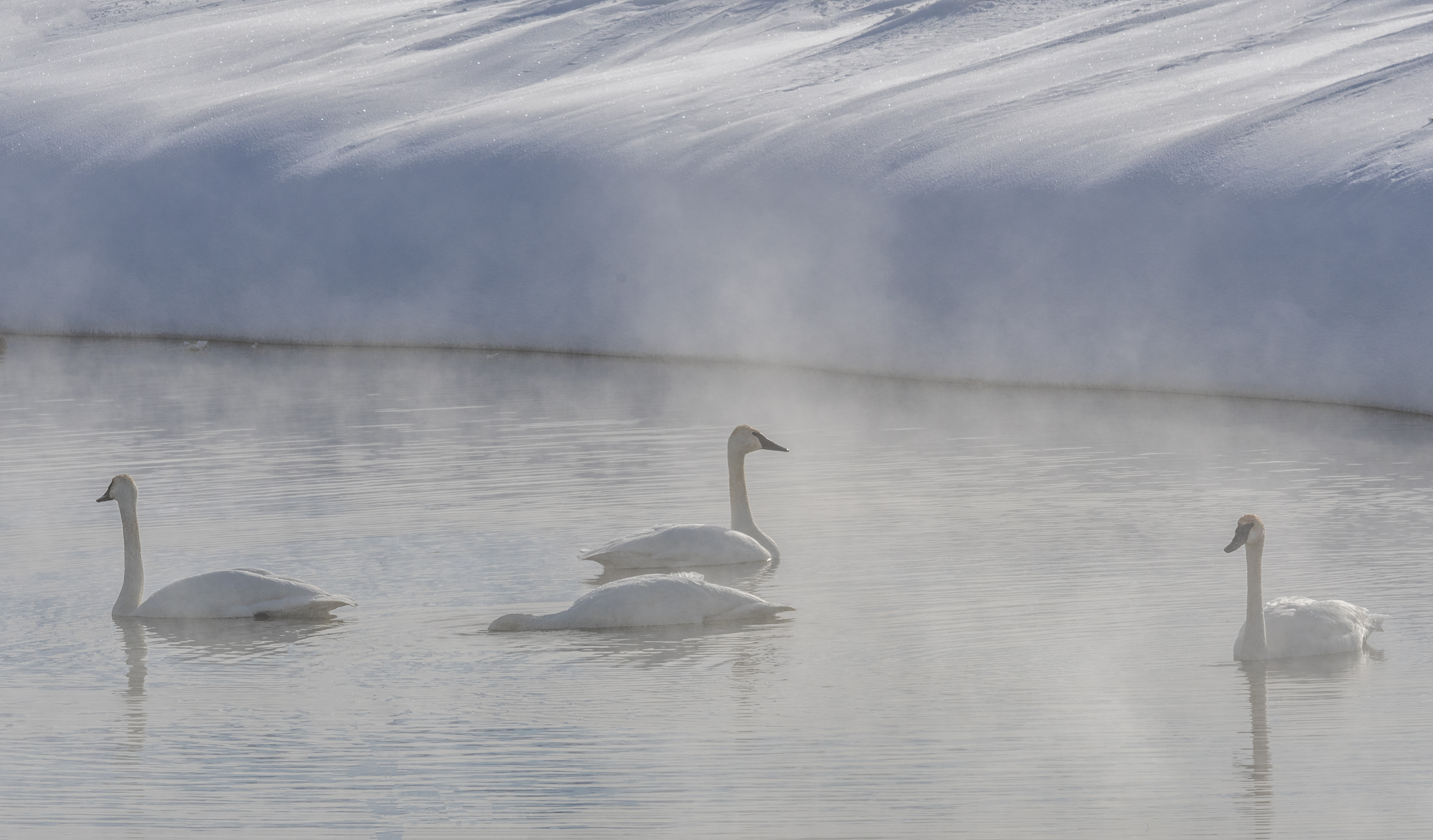Kelly Warm Spring
In Grand Teton National Park, Kelly Warm Spring is located along East Upper Gros Ventre Road about a quarter-mile from East Boundary Road.
The very short story behind KWS begins in 1925 when the area was known as Mud Spring. During that year, a huge landslide (the largest in U.S. history) occurred a few miles to the east. This landslide produced a lake (Slide Lake) behind a natural damming of the Gros Ventre River. The dam held for two years, but it failed in 1927 and all but wiped out the nearby town of Kelly, Wyoming. About the same time, Mud Spring began producing much more and warmer water. The nearby settlers at Mormon Row renamed the source to “Miracle Spring”, because ample flowing water from a ditch dug to the spring was now available year-round. Today the site is known as Kelly Warm Spring.
Read the National Park Service description of the site here and you will know why you should absolutely not enter or maybe even touch the water of the spring.
We have visited Kelly Warm Spring in all four seasons, but in my opinion, Winter is the absolute best – and the colder the better. The 80-degree water that bubbles from the spring will produce a nice cloud of steam on very still mornings and pictures of waterfowl will take on an artsy ethereal look with rainbow colors from sunlight reflecting off the steam. We have visited this spring dozens of times in two winter visits and figured that I would offer some thoughts about photographing the place, especially the majestic trumpeter swans you might see
1. We could only hope for trumpeter swans
Count yourself fortunate if you even see swans. When we visited in January 2021, they hung around for a couple of days and then were gone. Last year we saw just a group of four, but this year we saw a couple of families including parents and three cygnets, but again this year’s sightings were fleeting with swans only around for two of the days we were here.
2. We liked early morning visits
The spring pool is pretty small and the easiest entry is on the east side so you can get some great light on the swans and hopefully get a few images in case they decide to fly away.
3. We liked it best when the wind was still and it was very cold
In my opinion, the mist and low-angle light of early morning really make the pictures. Any bit of wind or warmer temperatures and the scene becomes just another uninteresting pool of water.
4. We hoped for take-offs and landings
Several things have to align to get a take-off picture, the most important of which is that they need to be on the west end of the spring since the only reasonable access is on the east side. To increase your chances of a shot, you can make your way toward the edge of the spring where the warning sign is posted and then follows the narrow path to the west with your camera ready. Winning the lottery means getting beautiful wingtips on the water with glistening droplets cascading down from the swan. We ALMOST got this shot last year, but we just weren’t quick enough with our cameras
5. We enjoyed watching the swans create nice patterns.
The best hope for good pictures is to wait for swan antics with wing stretches or interesting swimming formations.
6. We enjoyed several different set-up locations
You can set up along the road above the spring to get a nice view of the entire spring, but your shots may be obscured by weeds in the foreground. If you move to the edge of the spring you might risk spooking the swans but we have found that different visiting broods act differently. The ones last year were more inclined to fly away as we approached, whereas the ones we saw this year were almost curious about our presence. We wouldn’t intentionally disturb wildlife, I think the only reason we spooked the ones last year was that we didn’t see them and the didn’t see us.
7. We carried our wildlife and utility lenses and left our tripods in the car
Even when there we no swans, there might likely be other waterfowl and small birds and we found plenty of other interesting shots around the spring pool. The rime frost that collected on the branches of weeds, the bubbling patterns of the spring along with moss-covered rocks just beneath the water’s surface all made for nice shot opportunities that would work well with a macro or utility lens.










